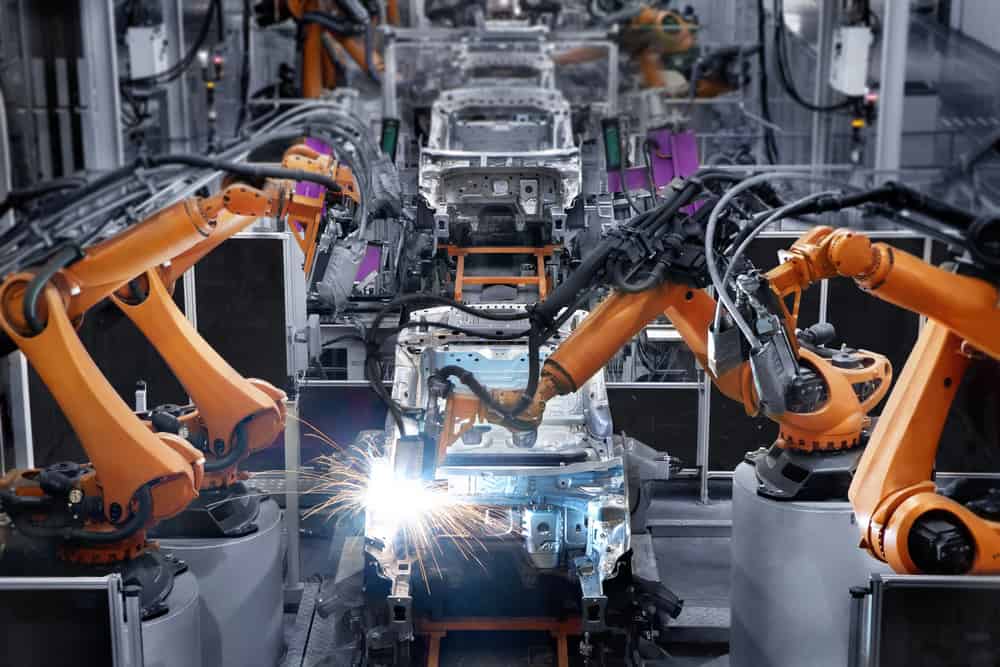The disruption caused by the COVID-19 pandemic has been truly unprecedented.
The sheer human toll is truly unthinkable, with millions infected worldwide and hundreds of thousands losing their lives. In addition to the human toll the coronavirus has wrought is the financial devastation it has left in its wake. With restaurants, retail stores, movie theaters and other businesses unable to operate normally or even open their doors, bankruptcies and closings have skyrocketed.
In the wake of their demise, the owners of those now-shuttered businesses have been left to pick up the pieces, shedding loyal workers and trying to find a way forward. So what is next in the world of business and health care? What will happen next in this strange new world?
The solution to the coronavirus crisis could be even stranger.
As the world rushes forward and the search for preventative vaccines and effective forms of treatment carries on, many in the business world are taking extreme precautions to protect their operations and safeguard their remaining workers. One of the most profound shifts has been a move away from human workers and toward more automated solutions. Could the global coronavirus crisis jump-start the robotics revolution?
It should be noted, of course, that the shift toward robotics, machine learning and artificial intelligence was already underway, and shipping was no exception. Long before the COVID-19 pandemic brought normal life to a halt, businesses were investing countless hours into research and billions of collective dollars in getting A.I. up and running. Even governments normally conservative in their spending were investing heavily in A.I., robotics and machine learning, convinced that the leaders in these fields would enjoy a competitive edge going forward.
It can be said, therefore, that the current shift is more evolutionary than revolutionary, but it is jarring all the same. The rise of robotic technology to combat the latest global health crisis is already underway, and many experts in business, government and high-tech manufacturing say there is no turning back.
It is easy to see why robotics would be helpful in the midst of a global pandemic.
Robots do not get infected with the coronavirus, and they will not return home and put their loved ones at risk. That is why businesses around the world, from shipping carriers to major automobile manufacturers to grocery stores, have ramped up their adoption of robotic technology, sending their automatons onto factory floors, having them scrub floors in hospitals, getting assistance in loading containers, and even asking them to stock grocery store shelves.
Online retailers have also ramped up their robotic solutions, building on technology that was already in place and finding new ways to employ the machine learning, artificial intelligence and robotics in which they have invested so much of their money. Warehouses may still be filled with human workers, but robotics technology is expanding there, and major online retailers are looking for ways to employ those human resources more effectively, and more safely.
To that end, robots have increasingly been deployed in those warehouses and shipping hubs, routing packages, filling boxes and even pulling items off the shelves. And while robots still have a long way to go, there have been enormous strides made in recent years. These advances are only expected to accelerate, driven on by a new urgency and a desire to keep workers safe while avoiding costly lawsuits and work stoppages.
So what does all this mean for workers, businesses and governments?
The future is still unclear, but many experts, including leading futurists, think the new reliance on robots is likely to stay in place, even after a COVID-19 vaccine is widely distributed and the disease becomes far less deadly.
In the end, this leading edge of the robotics revolution could be a harbinger of things to come, leading to enormous disruptions in employment, education and other aspects of our lives. It could mean, for instance, that the current elevated levels of unemployment become the new normal, and that millions of lost jobs simply do not come back.
It could also mean that small experiments with universal basic income (UBI) become larger and more important going forward. The enormous stimulus packages passed by governments around the world could end up being trial runs for this new normal, with far-reaching repercussions for economies large and small.
Only time will tell how the coronavirus crisis will impact the evolving technological changes that were already in place.
Long before office workers became telecommuters and parents embraced home schooling in a major way, technologists were working quietly behind the scenes, looking for unique ways to create a more automated future. Now that the future they dreamed of is approaching, societies everywhere will need to grapple with the aftereffects.




